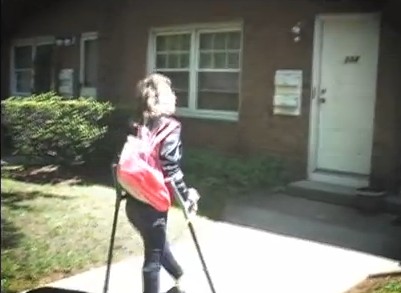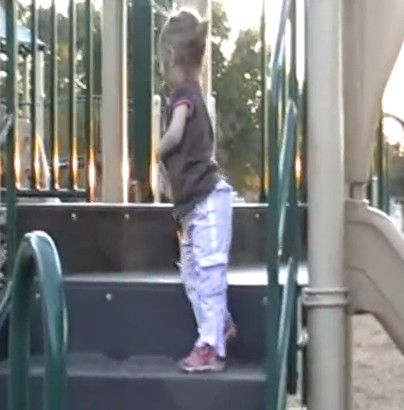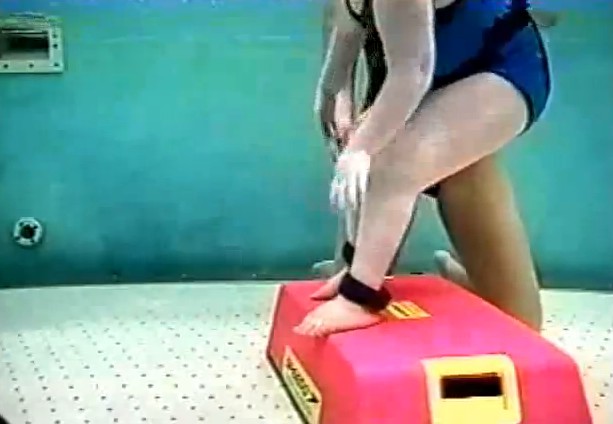Also known as arthrogryposis multiplex congenital or AMC, arthrogryposis is a rare disorder that is present from birth and which is marked by many joint contractures. Some patients of this non-progressive condition may also suffer from weak muscles, fibrosis, and poor muscle tone. The name has its origins in the Greek language, literally meaning “curved, bent, or hooked joints.”
There are many subtypes of arthrogryposis, with each group showing varied signs and symptoms; each may also have varied causes. Arthrogryposis may affect only a few joints in some affected individuals. Such patients may also exhibit almost the full range of motion of the affected joints.
A majority of patients also suffer from weakness of the muscles in addition to joint abnormalities; this only worsens their ability to move freely. Arthrogryposis usually occurs symmetrically and causes abnormalities of all the four extremities, with some subtle minor differences in each.
The most common subtype of arthrogryposis is amyoplasia. It normally affects joints such as hands, wrists, elbows, shoulders, hips, knees, and feet. Patients with severe instances of arthrogryposis may suffer from problems of all the joints in the body, including the jaw as well as the back.
Symptoms of arthrogryposis
As discussed above, arthrogryposis adversely affects several different areas of the body. Some of the signs and symptoms as well as abnormalities commonly observed in arthrogryposis patients are listed below:
- The elbows may be extended and elicit pronation.
- The wrist may exhibit volar and ulnar joints
- There may be flexion of the knees
- The shoulders may be internally rotated
- There is dislocation of the hip. It may elicit flexion, outward rotation, and/or abduction.
- Some patients may suffer from clubfoot
- The fingers may perennially be in rigid flexion. The thumb may be forward-bent and be ‘in-the palms.’
- Cognitive and language abilities are not affected.
The wide variety of defects associated with arthrogryposis can result in following medical complications:
- Scoliosis
- Stunted growth
- Pulmonary hypoplasia
- Respiratory problems
- Abdominal hernias
- Midfacial hemangioma
- Variations in the structure of bones of the face and the jaw
Causes
Medical experts are currently not aware about the exact cause of arthrogryposis. Doctors however believe that the condition is associated with a variety of internal and external factors, including prenatal infections by viruses, vascular fetal problems, hyperthermia of the fetus, uterus poisoning, low levels of amniotic fluid, and deficient growth of muscle and connective tissues, etc.
Some of the common causes, as per external and internal factors, are listed below:
- External factors
- Decreased space in the mother’s uterus, which may arise due to irregular shape of the muscles of the uterus, fetal crowding, or low levels of maternal amniotic fluid, can hamper the normal motion of the unborn baby thereby causing developmental problems.
- Varied research conducted over the years has shown that restricted movements before birth can increase the risk to developing joint contractures. The joints do form normally; but long-term obstruction to joint movements can trigger the growth of extra connective tissue around affected joints, which then cause it to become rigid in a specific position.
- Limited motion also prevents normal stretching of the tendons attached to a joint. This in turn can induce the growth of smaller tendons, which then inhibits the normal motion of joints. It is possible for people to also develop this type of abnormality after birth, usually due to immobilization of a joint for several weeks/months via use of a cast.
- Internal factors
- It may comprise of varied neurological problems, including malformed central nervous system and spinal cord. Patients with such defects will usually suffer from a variety of health complications
- Some arthrogryposis patients may exhibit connective tissue abnormalities. In such cases, the condition may be accompanied by anomalous development of the tendons, bones, joints, and/or joint linings. For instance, the tendons may not connect at the right place in a joint.
Doctors are of the opinion that arthrogryposis is primarily caused due to occurrence of maternal and fetal defects which eventually causes the restricted motion of the unborn baby. Neurogenic and myopathic disorders are also believed to contribute towards formation of arthrogryposis. Medical experts believe that neuropathy-associated arthrogryposis is characterized by anterior horn cell degradation which is what triggers weakness of muscles and fibrosis.
A significant percentage of arthrogryposis cases are not caused due to genetic anomalies. Only about 30 percent of the patients tend to develop arthrogryposis due to genetic causes, with risk that varies according to the underlying genetic disorder. Two instances of the condition in one family is very rare. Doctors are aware about the presence of a rare autosomal recessive form of arthrogryposis.
Treatment of arthrogryposis
It is not possible to correct all the defects associated with arthrogryposis. Varied therapies can however help improve the quality of life.
- Clubfoot, dislocated hip, and other severely affected joints can be partially remedied via orthopedic surgery and other corrective surgeries.
- A mental professional can help deal with the psychosocial and emotional aspects of the disease.
- Occupational therapy can help overcome the problems posed by varied underlying physical abnormalities and learn vital skills essential for living an independent daily life
- Physical therapy can help enhance the range of motion.
Arthrogryposis pictures


